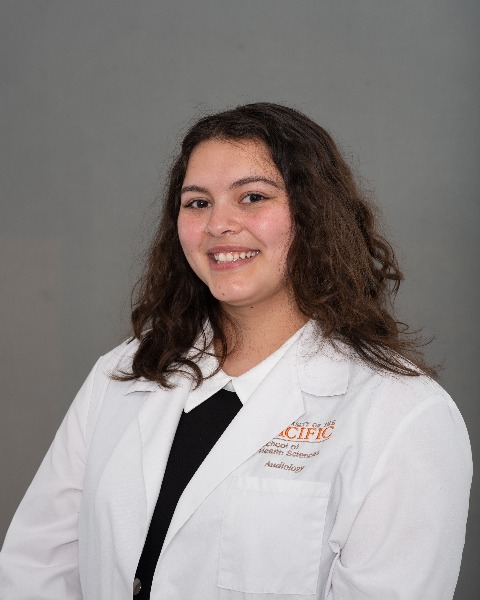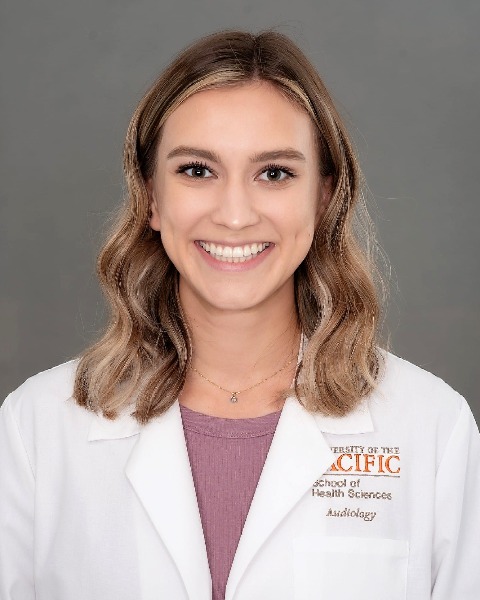Adult Diagnostic (AD)
(PP1610) Direct to Consumers: Accuracy of the Measurement from a Novel Hearing Device

Anna M. Walters
Student
University of the Pacific
San Francisco, California, United States
Alexis Dalager
AuD Student
University of the Pacific
San Francisco, California, United States
Lead Presenter(s)
Presenter(s)
Many manufacturers are developing direct to consumer (D2C) hearing devices making them the next possible market disruptor. A major challenge facing development of these devices is the accuracy of the measurement when compared to clinical audiometric data. The purpose of this study was to compare ear specific threshold information obtained with a D2C device to thresholds obtained with a clinical audiometer. Fifty subjects were recruited. D2C thresholds were significantly correlated (p < 0.001) with the clinically obtained thresholds at all frequencies for both ears. Results indicated that D2C devices could provide accurate and reliable information regarding the listener’s hearing status.
Summary:
In a generation of rapidly advancing technology and consumer desire for convenient health care, development in direct to consumer hearing devices have become the next market disruptors in the field of audiology. These devices may transpose the traditional process of diagnosing and treating hearing loss outside of conventional hearing aids. The first step in the investigation of these devices is to determine how accurate their measurements are compared to clinical audiometric data. The purpose of the study is to determine the exact accuracy of these devices when testing ear specific thresholds in the sound booth with a clinical audiometer versus comparable home environments. Fifty subjects were recruited. The subjects vary in age, gender, degree of hearing loss, type of hearing loss, length of hearing loss, and use of amplification devices. The design of the study is as follows: Subjects are instructed to complete a hearing test on the Eargo Soundmatch app in a sound booth, then thresholds are obtained by a student clinician with an ANSI-calibrated clinical audiometer in sound booth, lastly, the subjects again complete a hearing test with the Eargo Soundmatch app in a quiet room. Thresholds obtained from the D2C device revealed a significant correlation (p < 0.001) with those obtained from a clinical audiometer, at all frequencies tested for both ears, at all severities of hearing loss. Results from this study provided evidence that D2C devices could provide accurate and reliable information regarding the listener’s hearing status.
Learning Objectives:
- Discuss the difference between D2C measurements and clinical audiometer measurements.
